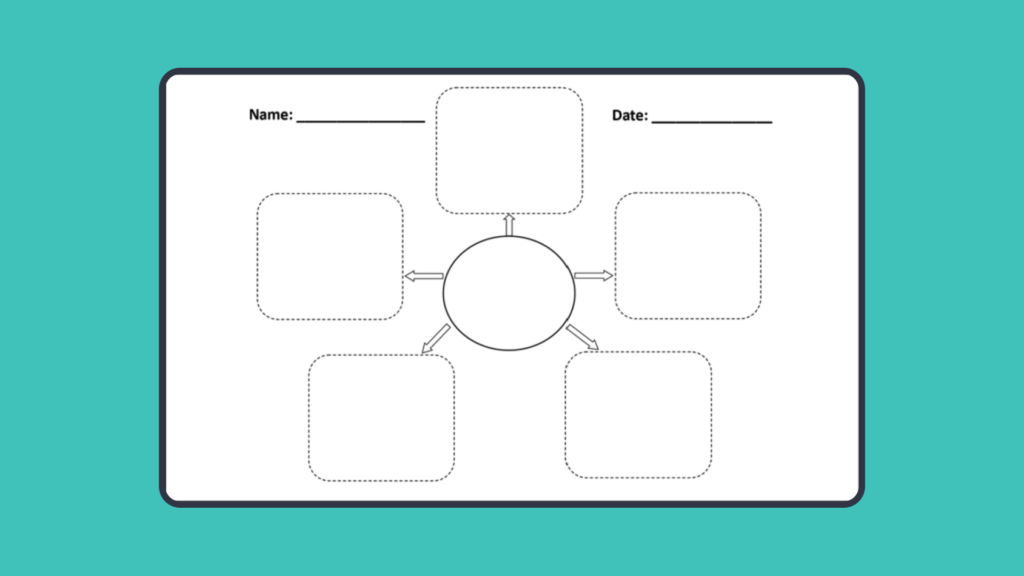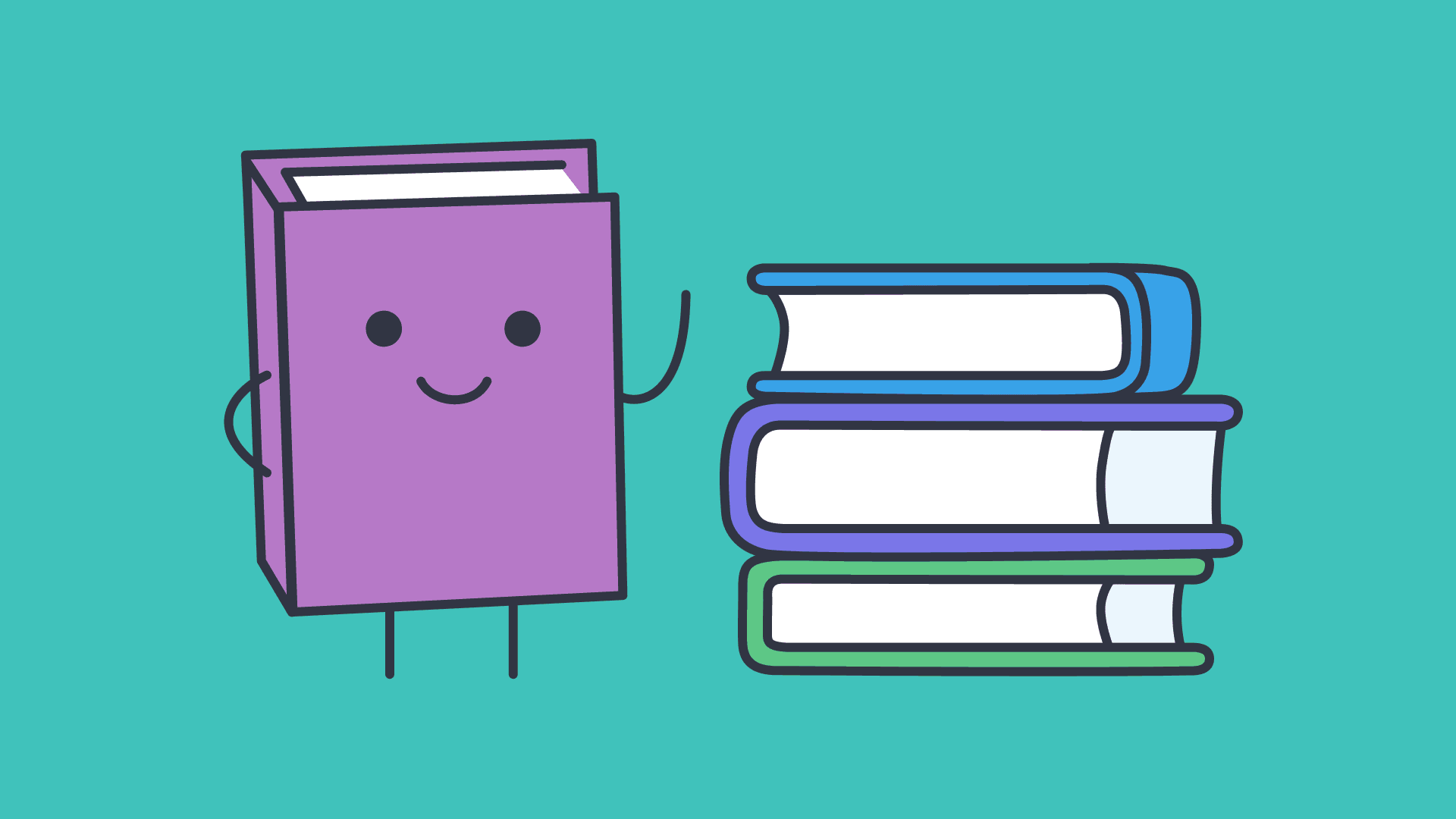Adaptive teaching vs differentiation explained
In this guide
Differentiation and adaptive teaching are terms that are both discussed in the current education vernacular. However, there are some clear differences. The goal of this article will be to provide a definition for each, classroom examples of each, and the advantages of using each in your classroom.
While they are both unique teaching methods, they do have some overlapping similarities. For example, both require the teacher to know their students. They also both benefit from the use of formative assessment to drive better instruction.
Explore how each method is unique and how they can be used in the classroom to increase student success.
What is differentiation?
The typical classroom has many different students that are at various levels and need a variety of supports to be successful. We use the term differentiation to describe how we address the various student needs within our classrooms.
Differentiation is not just one practice and there are multiple ways to differentiate for student needs. The most important aspect of effective differentiation is knowing your students. Knowing your students is how you can determine what is best for them within your classroom.
There are several ways that a teacher can tailor instruction for students including content, process, products, and learning environment.
- Differentiating content means that the teacher adapts what a student learns and how they learn it.
- Differentiation of process is when the teacher adjusts the activities the students participate in to learn content.
- Product differentiation means that the work that students are required to complete to show mastery may be adapted according to student needs.
- Finally, teachers can modify the learning environment to differentiate for student needs. This can be done in different ways, but the focus is to differentiate the learning environment so it is appropriate for the students’ needs.
Differentiation is best explained with examples of what each area looks like in the classroom.
1) Examples of differentiation in the classroom
Content
Content can be differentiated based on student needs.
For example, if a student in a 5th grade math class is not mastering adding and subtracting fractions with unlike denominators, the teacher may need to provide instruction to that student regarding adding and subtracting fractions with like denominators first.
Another way that content can be differentiated in a classroom is using reading materials at various reading levels. Of course, these materials would need to be selected based on student reading levels and some sort of assessment would need to be conducted to determine those reading levels.

Process
Process differentiation is adapting how students learn. These are the activities that can help students make sense of what they have learned.
The teacher may provide interest centers that include different aspects of the main topic being taught. This not only provides choice, but it also helps students to direct their own learning.
Another way to provide a differentiated process is by offering manipulatives for students that need them. Some students need to touch and see the skill they are working on – this can be particularly useful in the math classroom.
Product
Differentiating the product that students create to show mastery can be beneficial for students.
This type of differentiation also gives students choice. Providing choice can transform a classroom because allowing students to have a voice in what they learn is both motivating and engaging. Students who get a say in their education are more likely to learn at a deeper level and to be successful.
Differentiating products can mean that students are given options for how they show what they have learned. An example of a differentiated product can be choice boards. Choice boards are what the name suggests – they give the students choices for how they show mastery of a subject.
Choice boards can also allow for creativity. They can lead students to more out of the box thinking and allow for new perspectives on a topic.
Below is an example choice board I created for ‘Romeo and Juliet’. Students must earn at least 10 points for this assignment to be considered completed.
Romeo and Juliet Choice Board
| 5 points | 5 points | 5 points |
| Create a family tree for either Romeo or Juliet. This tree should explain relationships and give examples of how those relationships change in the play. | Choose a lesser character (Nurse, Lady Montague, Rosaline, etc.) and write a scene from their perspective. | Rewrite the ending of Romeo and Juliet. How could it have ended differently? What events would need to happen? |
| 5 points | 5 points | 5 points |
| Create a venn diagram comparing the House of Montague with the House of Capulet. | Write an essay comparing a modern retelling (book or film) of Romeo and Juliet with the text. | Create a drawing, infographic, or piece of art that depicts at theme found in the play. |
Students can also choose to work independently or in cooperative groups. Teachers can sometimes be hesitant to let students work in groups because allowing students to work together means that the teacher must relinquish a level of control. It can also make marking problematic due to student absences, different ability levels and different levels of constitution to the task.
However, when cooperative groups are structured in a way where students have defined roles and expectations, they can be a useful tool in the classroom. Students need to be taught the structure and procedures for cooperative learning for it to be effective in the classroom.
Using rubrics is also part of differentiating for student product creation. Rubrics provide the opportunity for students to know what they need to do for an assignment. Teachers can create rubrics that reflect the needs of their students. A rubric shows the student what they need to do for the assignment/project and how they can show mastery.

Learning environment
Teachers can differentiate the learning environment in a variety of ways. Sometimes it is as simple as rearranging furniture in a way that encourages collaboration or gives students that need it a space to work quietly.
Other ways to adapt the learning environment are by setting up clear routines in the classroom. Many students can benefit from defined routines and procedures. When students know what to expect, disruptive behaviors can be minimized and engagement can be improved.
Routines and procedures not only ensure that the classroom runs smoothly, but they can also provide reassurance and structure to students that may have limited boundaries outside of the classroom.
2) Advantages of differentiation
One of the most beneficial aspects of differentiation is that it allows for student choice. Since materials are presented in a variety of ways, through differentiated instruction students are afforded choice in their learning.
This idea of choice is also reflected in how students demonstrate what they have learned. Summative assessments can take many forms and can allow students to show their mastery in different ways.
Differentiated instruction is proactive. This means that the teacher recognizes that students have differing needs and addresses them before learning occurs. Students are learning in a variety of ways that are being strategically planned by the educator to address learning gaps, provide enrichment, and support any learning differences students may have.
What is adaptive teaching?
Adaptive teaching is when the teacher continuously collects data on students and then uses that data to adapt their teaching in the moment. The hallmark of adaptive learning is the idea that teachers must maintain high expectations for all students.
Differentiation is a part of adaptive teaching, but it is taken a step further. In differentiation, the teacher often spends more time pre-planning and anticipating student needs. In adaptive teaching, the teacher assesses and makes adjustments in real time.
As educators, one of our goals is the success and growth of all students. However, not all students learn and grow in the same ways and at the same speed. Adaptive learning seeks to recognize student learning needs on a regular basis and adjust teaching to increase in the moment learning.
Like differentiation, adaptive teaching requires that the teacher understand the needs of their students. The focus in adaptive teaching is on students’ strengths. The teacher not only uses data to assess needs and deficits, but what students are doing well is also considered.
In adaptive teaching, teachers can leverage three practices to ensure success for their students: formative assessments, scaffolding instruction, and flexible grouping.
Formative assessments
Formative assessments can be used frequently to determine what students need. The purpose of formative assessment is to monitor student learning. The data from formative assessments can be used to determine needs. Formative assessments can happen at any time during the lesson cycle.
These types of assessments are generally low stakes assessments. Teachers should use the information to adapt teaching to student needs. Students should also understand what the data from formative assessment means for them and their learning.
Scaffolding instruction
I have previously written about scaffolding techniques in the classroom. Scaffolding is an instructional practice where the teacher provides necessary scaffolds for students based on need and then gradually removes them as they are no longer needed.
Scaffolding instruction allows a teacher to provide necessary supports to those students that need them. It also provides a way for teachers to continue to push students towards mastery and deeper understanding.
Students will not always need the same scaffolds and students will not always need their scaffolds. The idea with scaffolding is to remove them as students develop the skills and knowledge.
For example, a student that is a language learner, may need sentence stems at the beginning of their language journey. However, as they develop richer language skills, those sentence stems can be reduced or removed completely.
Flexible grouping
Flexible grouping occurs when a teacher assesses student needs and then modifies groups based on those needs. Flexible grouping is not just putting students in a group and it is also not ability grouping or tracking.
Ability grouping or tracking means that a student typically stays in the one group. The whole group learns the same skills together. Flexible grouping, on the other hand, takes into account the learning needs of the student on a regular basis and shifts those groups according to those needs.
This sort of grouping allows the teacher to alter the groups based on what is required in real time. Students are forced to stay in a group that is not meeting their needs or the needs of the group. Students are also not necessarily in the same group with the same people for every group work situation.
1) Examples of adaptive teaching in the classroom

Formative assessments are assessments in which “evidence about student achievement is elicited, interpreted, and used by teachers, learners, and their peers to make decisions about the next steps in instruction” (Solution Tree, 2018).
Examples of formative assessments can be exit tickets, one-minute writing, journaling, polls, and so on. Any time teachers use the assessment data to inform instruction, the assessment is a formative assessment.
Using a graphic organizer for prewriting/brainstorming can be an example of scaffolding. Once students know how the process of prewriting works, they may no longer need the physical representation. Some students may need this form of scaffolding longer than others.
Flexible grouping in the classroom generally looks like groups that change according to student needs. For example; a group of students is needing more support for subtracting decimals or understanding sentence structure, then they would receive that instruction. Once a student no longer needs that skill, then they can be moved into a different group.
2) Advantages of adaptive teaching
One advantage of adaptive teaching is improved student engagement. The needs of students are being met and they are able to learn appropriately.
Along with increased student engagement, students attain a deeper understanding of materials that can increase their confidence in their own abilities. As teachers are responding to their needs and adapting instruction, students are receiving instruction in ways that increase their understanding.
Another advantage of adaptive teaching is increased teacher effectiveness. Teachers are able to increase their skills in real time. Adaptive teaching can empower the teacher to realize that they do not just present the knowledge to students, but are able to consider how students can be effectively taught.
In an adaptive learning classroom, teachers and students are constantly adjusting. Frequent formative assessment forms the basis for addressing student needs. Teachers truly know their students and become better teachers in the process.
Differentiated instruction and adaptive teaching are both ways of providing what students need to be successful. The work of the teacher is to provide support and teaching that leads to student growth and engagement. We must determine what best suits our students and use that knowledge to help them learn.
Sources
- Carnegie Mellon University (no date). What is the difference between formative and summative assessment? Available at https://www.cmu.edu/teaching/assessment/basics/formative-summative.html (Accessed 17 June 2024).
- Tomlinson, C. (2017) Fundamentals of Gifted Education. 2nd edn. Routledge Publishing. https://www.taylorfrancis.com/chapters/edit/10.4324/9781315639987-26/differentiated-instruction-carol-ann-tomlinson (Accessed 12 June 2024).
- Solution Tree Press (2018). The handbook of Embedded formative assessment. Bloomington, IN: Solution Tree Press.
- University of Buffalo. (no date). Scaffolding Through Design. Available at https://www.buffalo.edu/catt/teach/develop/build/scaffolding.html (Accessed 17 June, 2024).

Mattie Farrer
briefcase iconAVID Site Coordinator / Content Curator
Mattie Farrer has been an educator in various grade levels and capacities during her career. She has a passion for supporting English learners and their language development. She also loves helping teachers reach all students.
Other posts
Want more content like this?
Subscribe for blog updates, monthly video releases, trending topics, and exclusive content delivered straight to your inbox.














